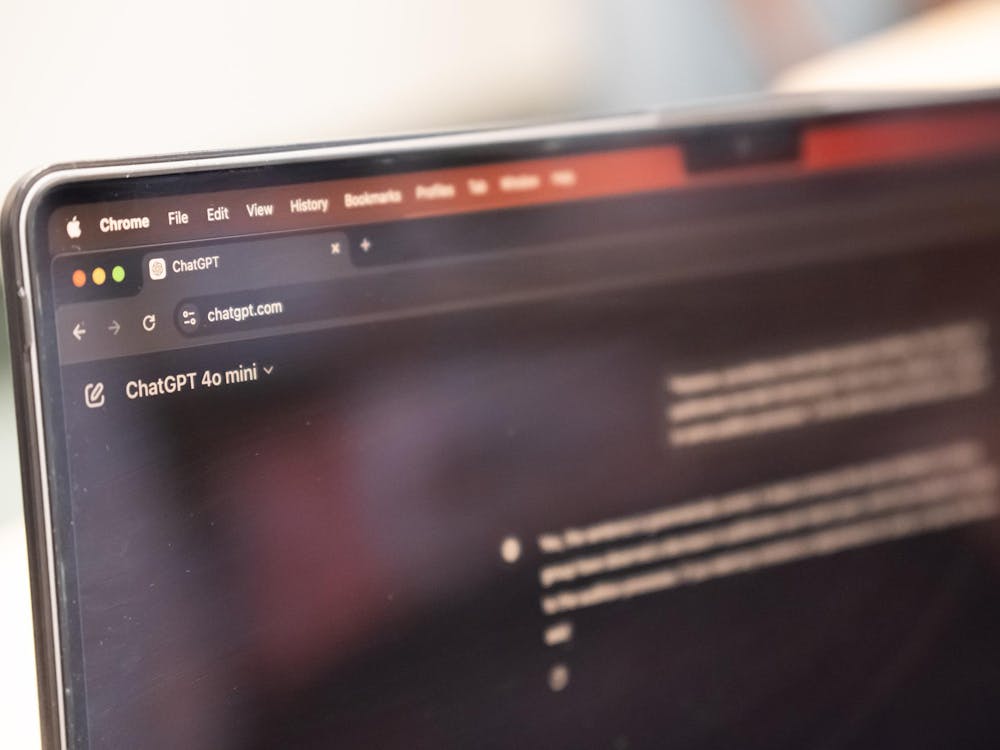The common challenge faced by many institutions is attempting to standardize policies related to staffing for medical coverage. Using rugby as an example, the national governing body for the sport — USA Rugby — does not provide a firm mandate beyond stating that programs should “aspire to provide (a number of different types of) medical coverage at all major events.” This leaves for wide interpretation what is appropriate and also gives the option of not covering games — as some colleges and universities choose to do.
During the last two years, representatives of University Health Services (UHS) and Campus Recreation — within the Department of Athletics — have met regularly to discuss how best to meet the safety needs of our sport club participants. Significant time and interest have been devoted to participants in high-contact collision sports: women’s and men’s rugby, men’s ice hockey and men’s lacrosse. As we began looking at the most effective ways of providing coverage, our attention focused on consistent coverage at home competition for the aforementioned sport clubs.
We determined that deploying existing Wilderness First Responders (WFRs) — used effectively in the popular Outdoor Action program — would be appropriate coverage for these teams. WFRs receive 80 or more hours of training, are familiar with the emergency action plan of each competition venue, are trained in CPR, are given the appropriate medical supplies to provide treatment to injured players and are equipped to direct further medical response when necessary.
The teams benefit from WFR coverage at no cost to club members. The University Priorities Committee generously supported a request to fund this endeavor.
Early this semester, Campus Recreation and UHS colleagues further expanded medical support by covering home women and men’s rugby games with an emergency medical technician (EMT). Again, this cost is not passed along to student participants because alumni Friends groups funded this expense.
As we have been made aware of other institutions choosing not to provide medical coverage when they host rugby games in which our club members participate — combined with the reports of injuries to our players at these games — we will strive to provide a WFR to travel with both teams. Ultimately, if we cannot ensure safe playing conditions for our rugby teams as they travel, we will not permit travel to institutions where medical coverage is not present. We feel this is in the best interest of our students.
A continuing priority when considering student safety has been to check in with peer institutions regarding best practices. In our review of the sport club program at Harvard, we learned that there is an EMT on site for home rugby games, which is paid for by the club. They do not provide coverage for away games. Likewise, the home rugby games at Yale are covered by an EMT paid for by funds from the club and the University, with no medical coverage provided for away games.
To continue using men’s and women’s rugby as an example, various solutions are still being considered, including providing athletic trainer coverage. At least two full-time athletic trainers would need to be included in the rotation of our varsity trainers, and as is the case with all club sports, the biggest challenge at this time is identifying sustained funding. The University is not able to add these positions from general funds while facing reviews of current staffing levels and other constraints due to the economic downturn. Even if funding is identified, there are other issues associated with using athletic trainers in this capacity that would need to be addressed.
One basic tenet of sport clubs is that they are student-run and student-organized. Sport clubs are for the most part athletic program offerings that are student-initiated, student-funded and student-organized under the aegis of Campus Recreation.
Sport club members have access to the same staff utilized by varsity athletes. Athletic medicine team physicians are available at UHS, and physical therapy is provided in Dillon Gymnasium at no cost to club members.
The issue of what is appropriate medical coverage for non-varsity sports certainly is a complex one. But the common ground shared among participants, their parents, alumni, coaches and administrators is that we all want what is best for our sport club participants. Chief among our priorities is the safety of our students.

Our community can be assured that we will continue to evaluate and monitor the sport club program as we pay close attention to the safety of participants.
David Leach is the Associate Director of Athletics for Campus Recreation. He can be reached at dleach@princeton.edu.







